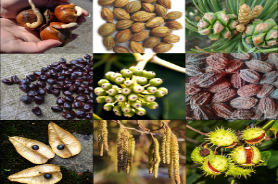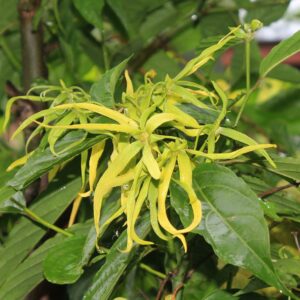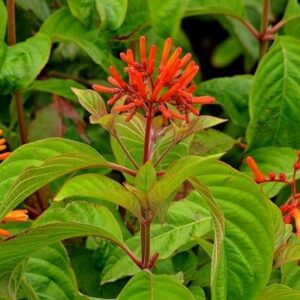Radermachera sinica: The China Doll Plant
Introduction:
Radermachera sinica, commonly known as China doll plant or Serpent tree, is a tropical evergreen shrub native to the subtropical regions of Southeast Asia, including China and Taiwan. It belongs to the Bignoniaceae family.
Appearance and Foliage:
The China doll plant is known for its glossy, compound leaves that are composed of multiple leaflets arranged in a pinnate pattern. The leaflets are lance-shaped, dark green in color, and have a smooth, shiny texture. The foliage is dense and provides an attractive and lush appearance.
Flowers and Blooms:
When grown outdoors in its native habitat, Radermachera sinica produces clusters of trumpet-shaped flowers that are typically white or pale pink. However, when cultivated as a houseplant, it rarely flowers. The main appeal of the plant lies in its stunning foliage rather than its blooms.
Size and Growth Habit:
In terms of size, the China doll plant can reach a height of 6 to 10 feet (1.8 to 3 meters) when grown as a tree, but it is often kept as a smaller houseplant through regular pruning and shaping. It has a bushy and compact growth habit, making it an excellent choice for indoor cultivation.
Light and Temperature Requirements:
The China doll plant prefers bright, indirect light. It can tolerate some shade, but insufficient light can lead to leggy growth and reduced foliage density. In terms of temperature, it thrives in average room temperatures between 60-75°F (15-24°C). It is important to protect the plant from drafts and extreme temperature fluctuations.
Humidity and Watering:
Maintaining moderate humidity levels is beneficial for the China doll plant. Regular misting or placing the plant on a tray filled with water and pebbles can help increase humidity around the plant. However, it is crucial to avoid overwatering, as the plant is susceptible to root rot. Allowing the top inch of soil to dry out before watering again is generally recommended.Fertilizing and Pruning:
Fertilizing the China doll plant every two to four weeks during the growing season with a balanced houseplant fertilizer can promote healthy growth. Pruning can be done to maintain a compact shape and encourage branching.
Pests and Care Tips:
Like many houseplants, the China doll plant can be susceptible to common pests such as aphids, spider mites, and mealybugs. Regular inspection and appropriate pest control measures should be taken to prevent infestations. Providing the plant with proper care, including adequate light, appropriate watering, and maintaining a suitable environment, will ensure its health and vitality.
Conclusion:
Radermachera sinica, the China doll plant, is a stunning tropical shrub that adds a touch of elegance and lushness to indoor spaces. Its glossy, compound leaves and compact growth habit make it a popular choice among plant enthusiasts looking to create a vibrant and tropical atmosphere. With proper care and attention, the China doll plant can thrive and bring beauty to any indoor setting.














Reviews
There are no reviews yet.